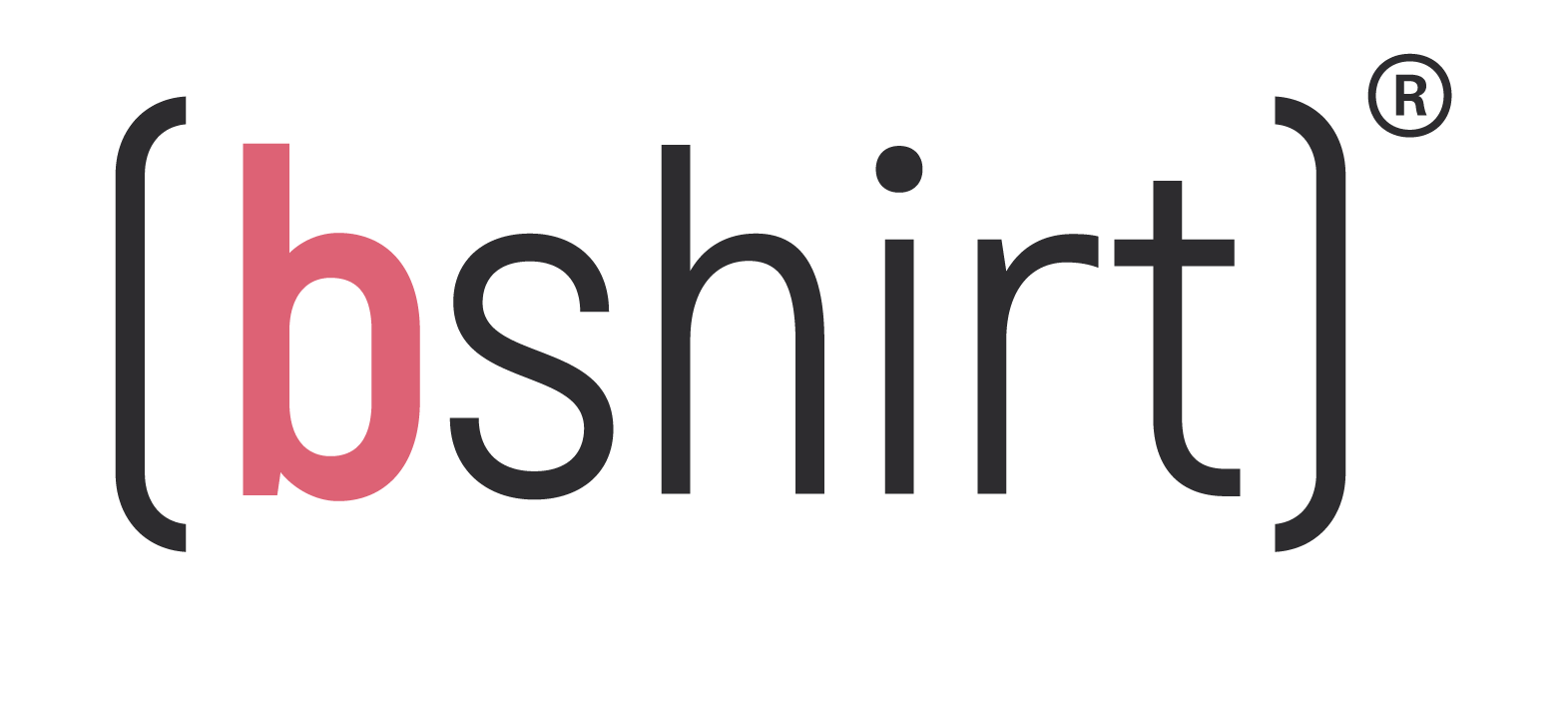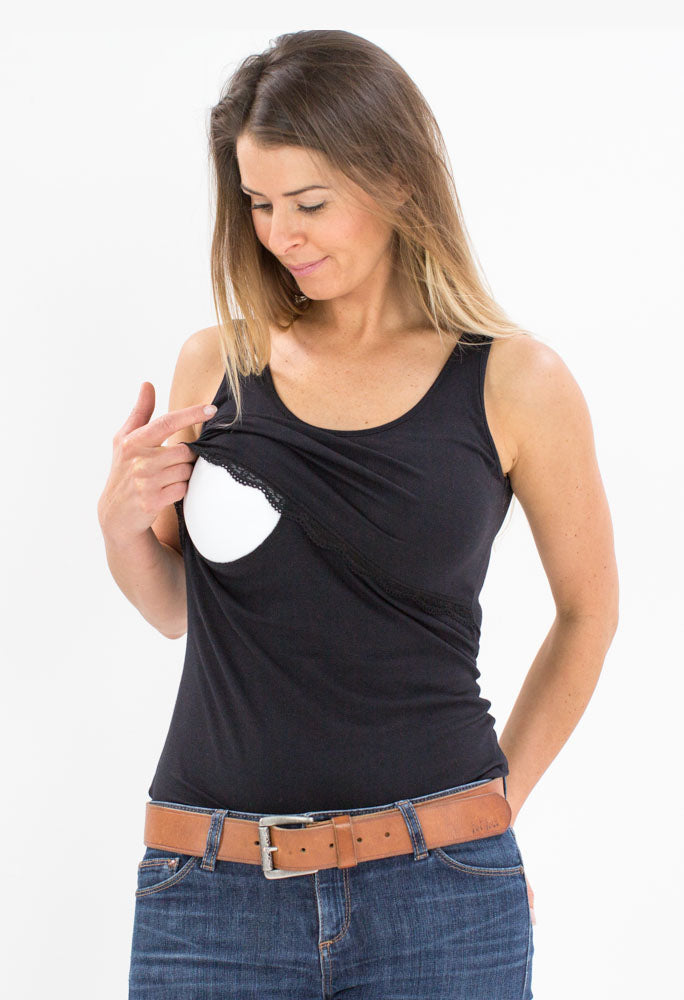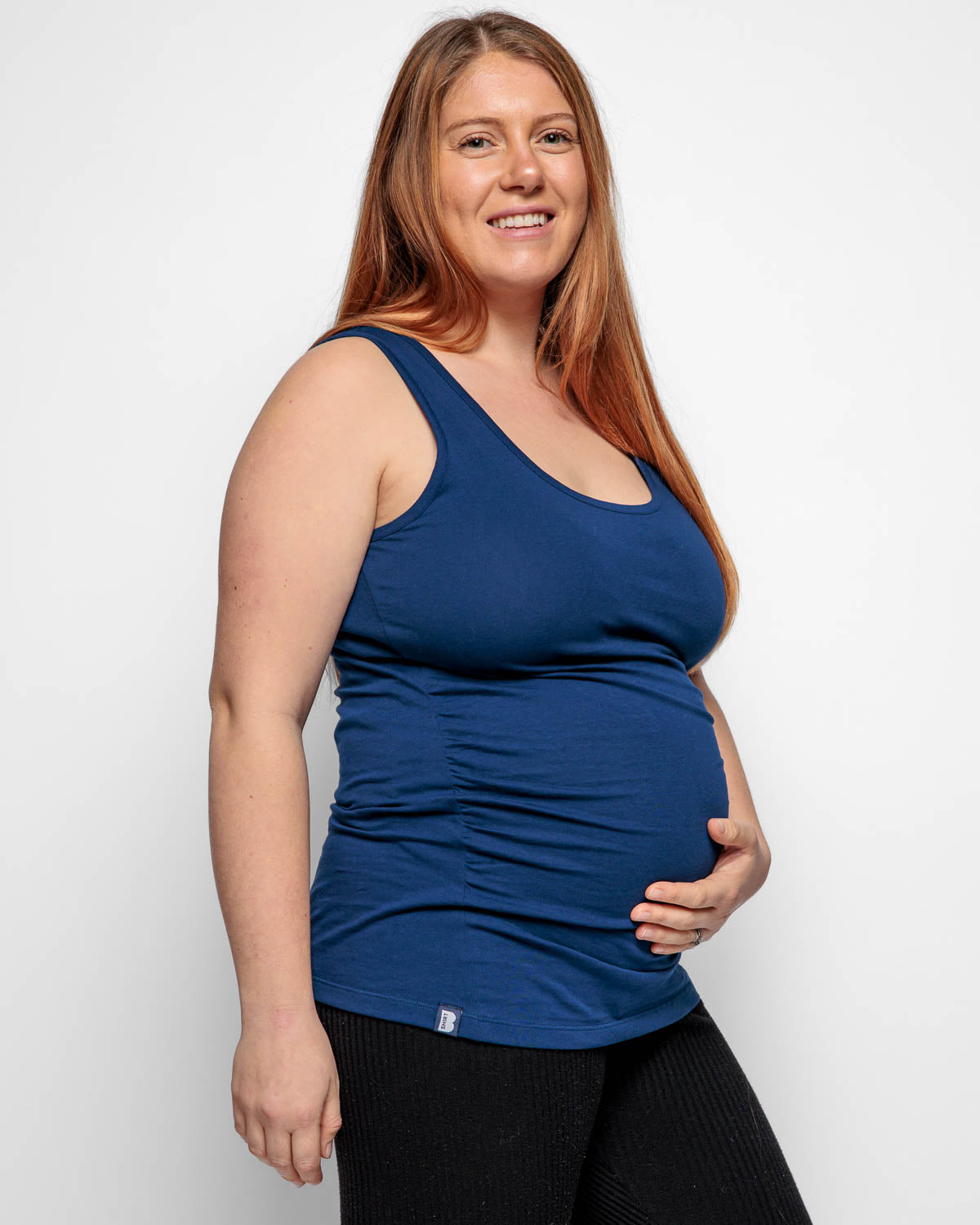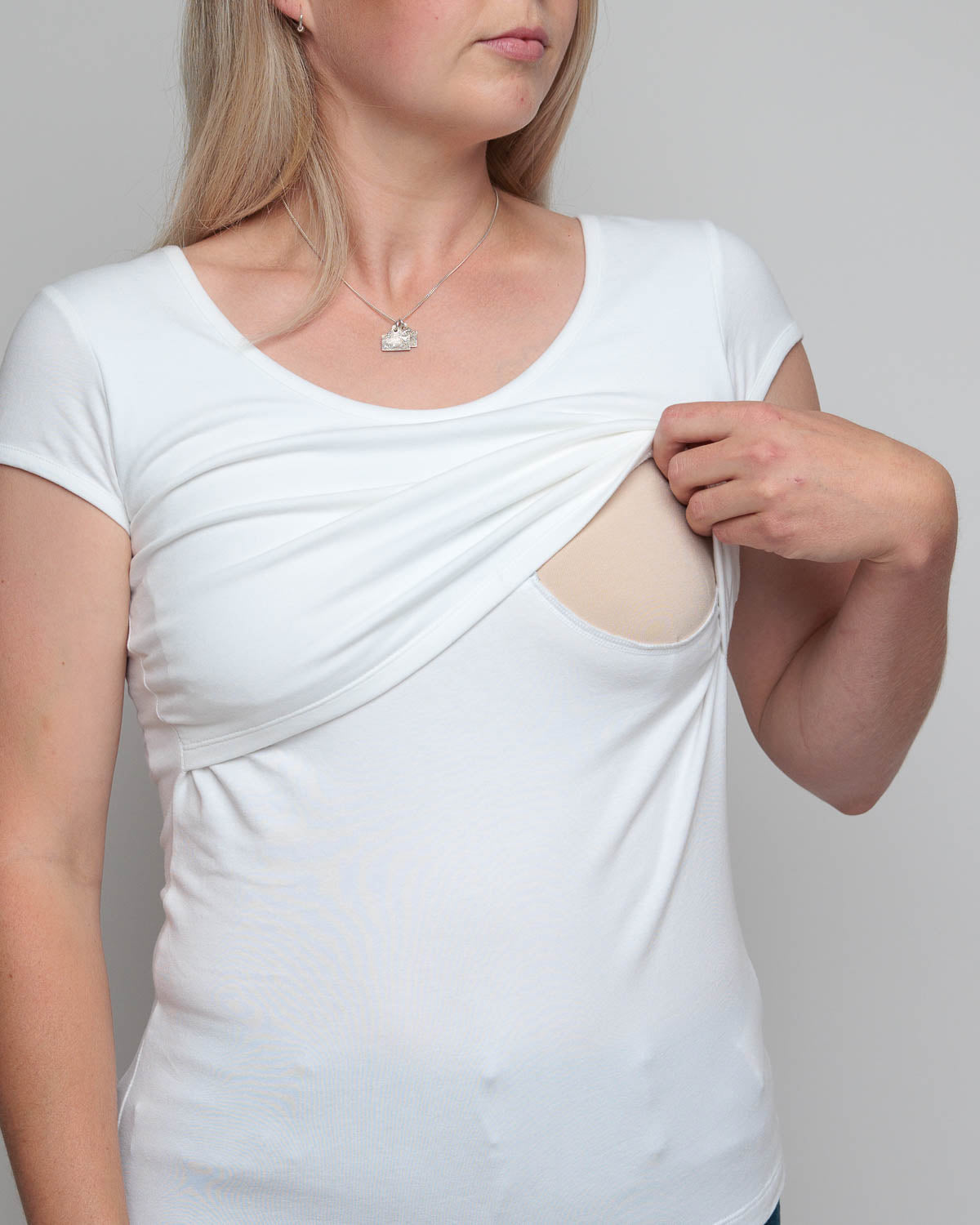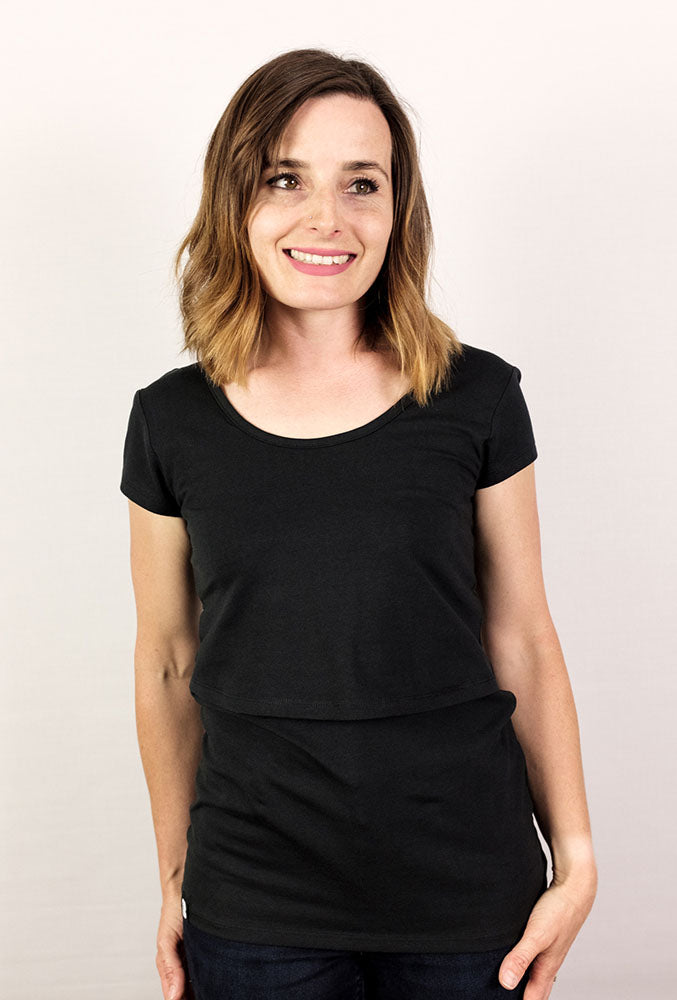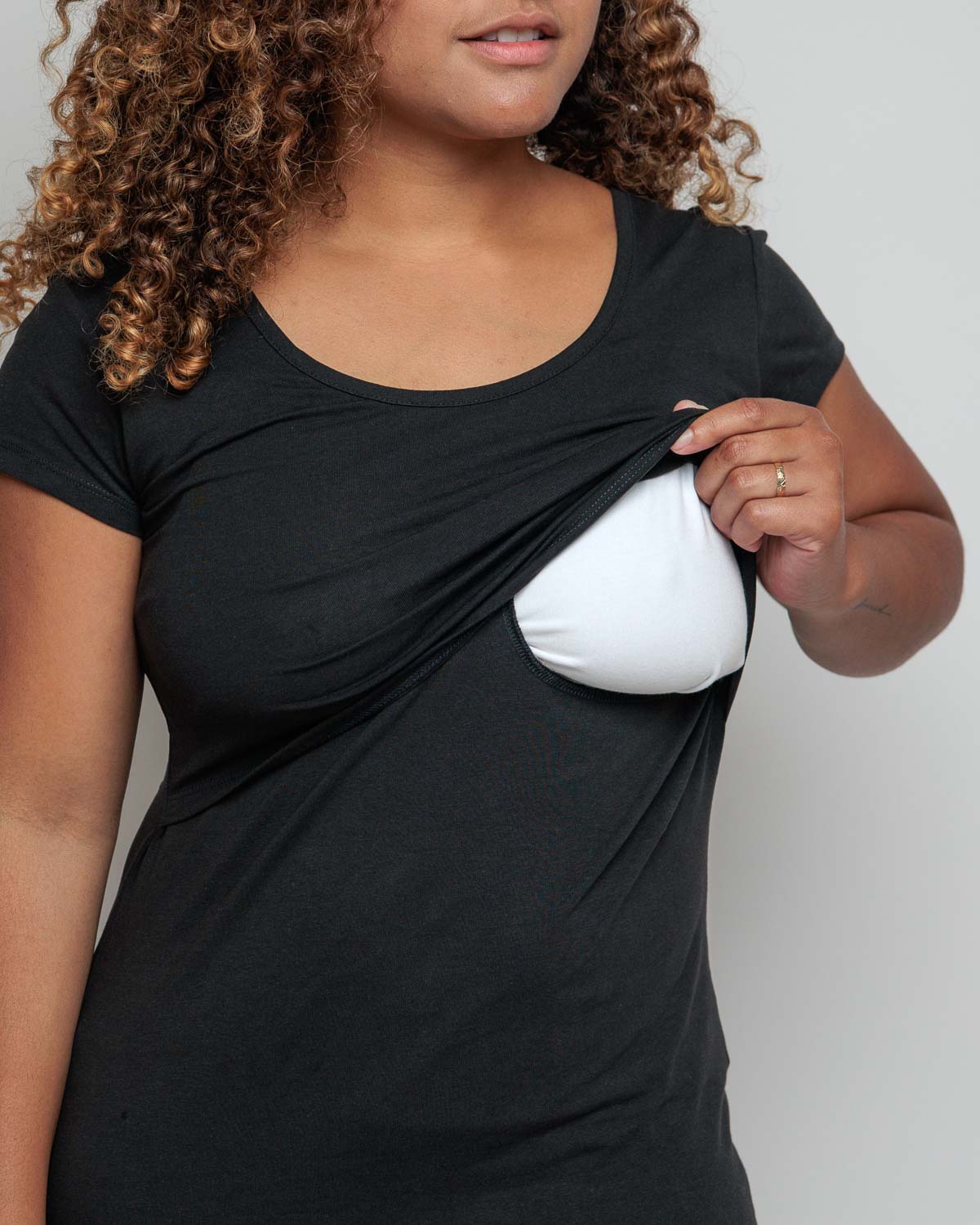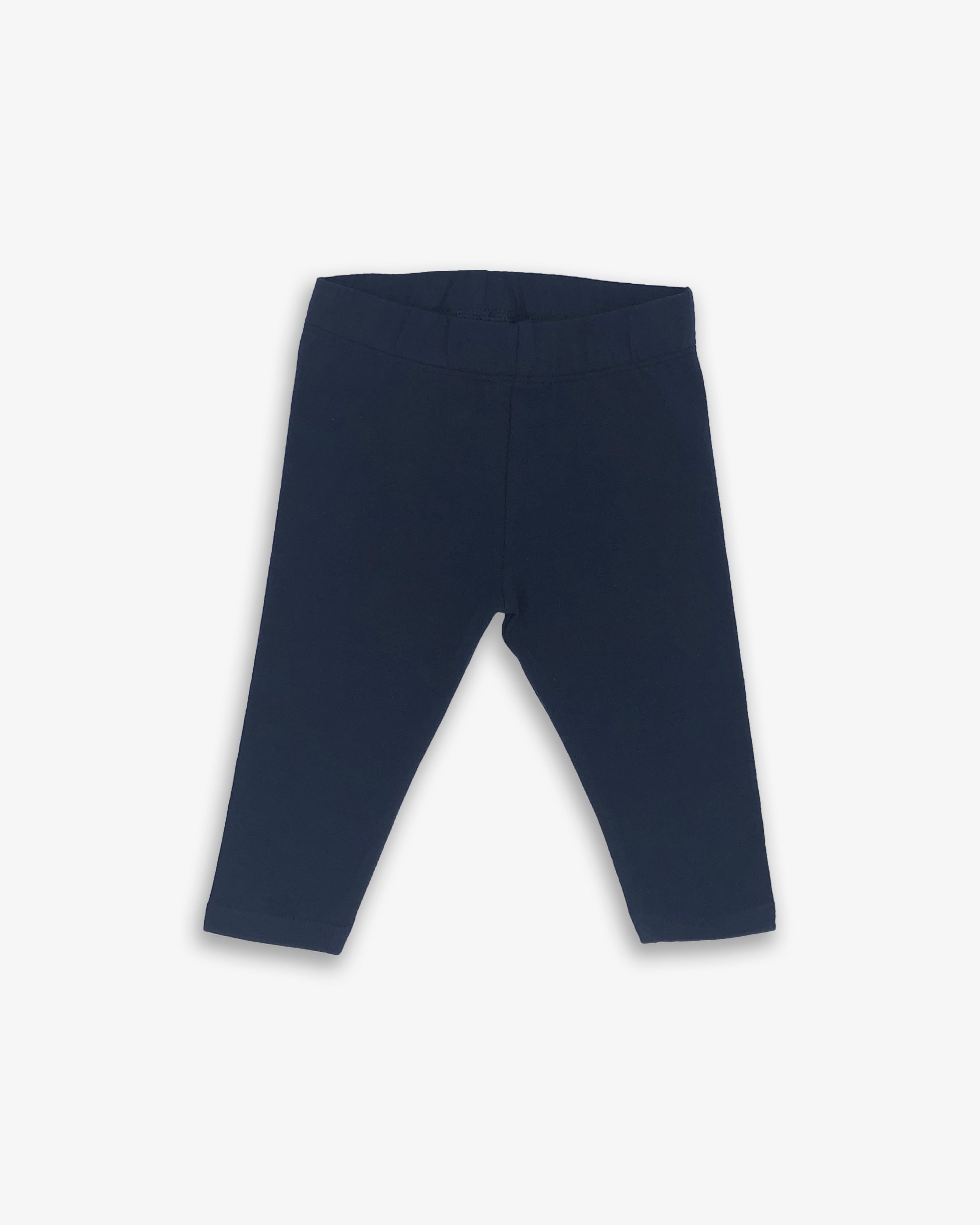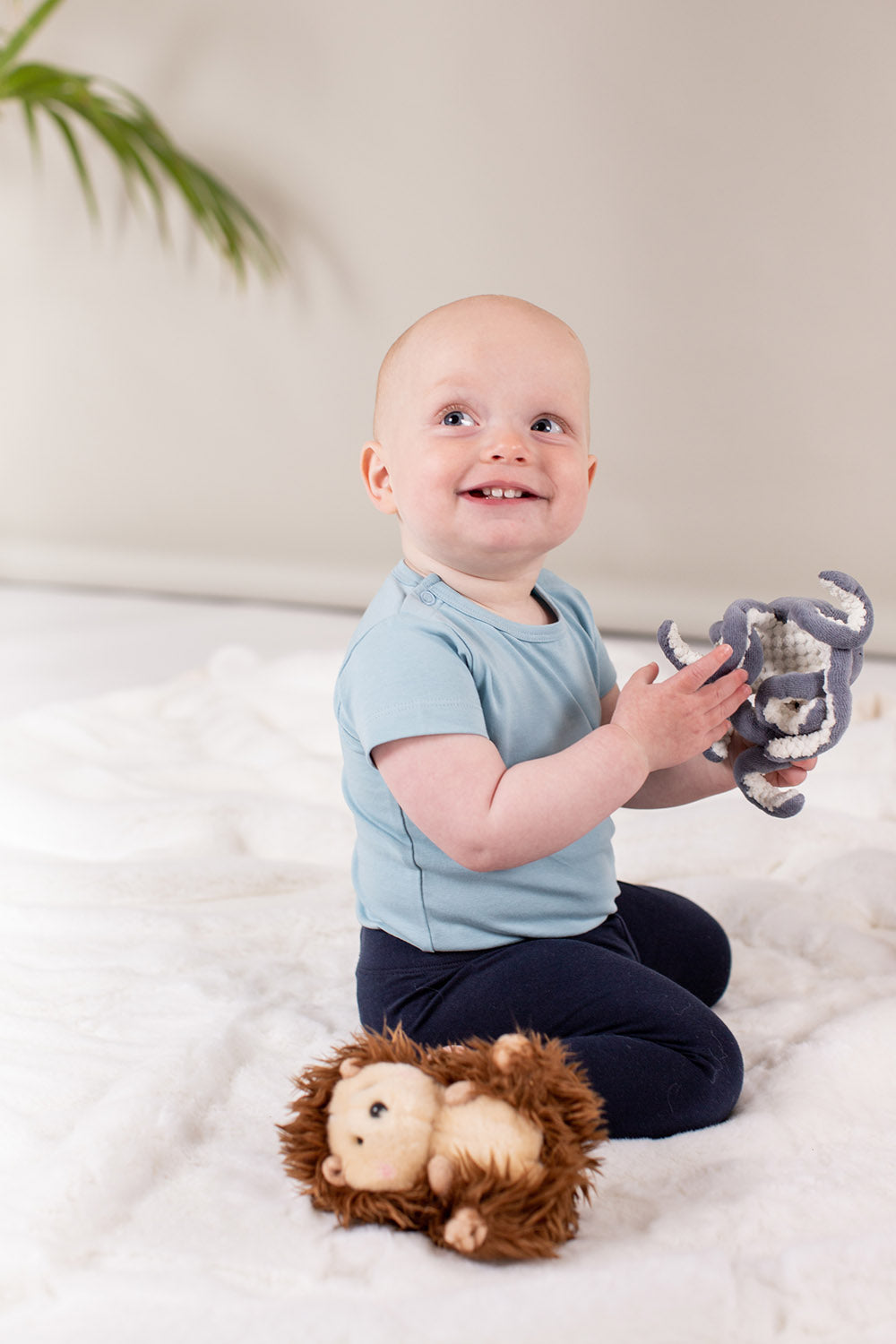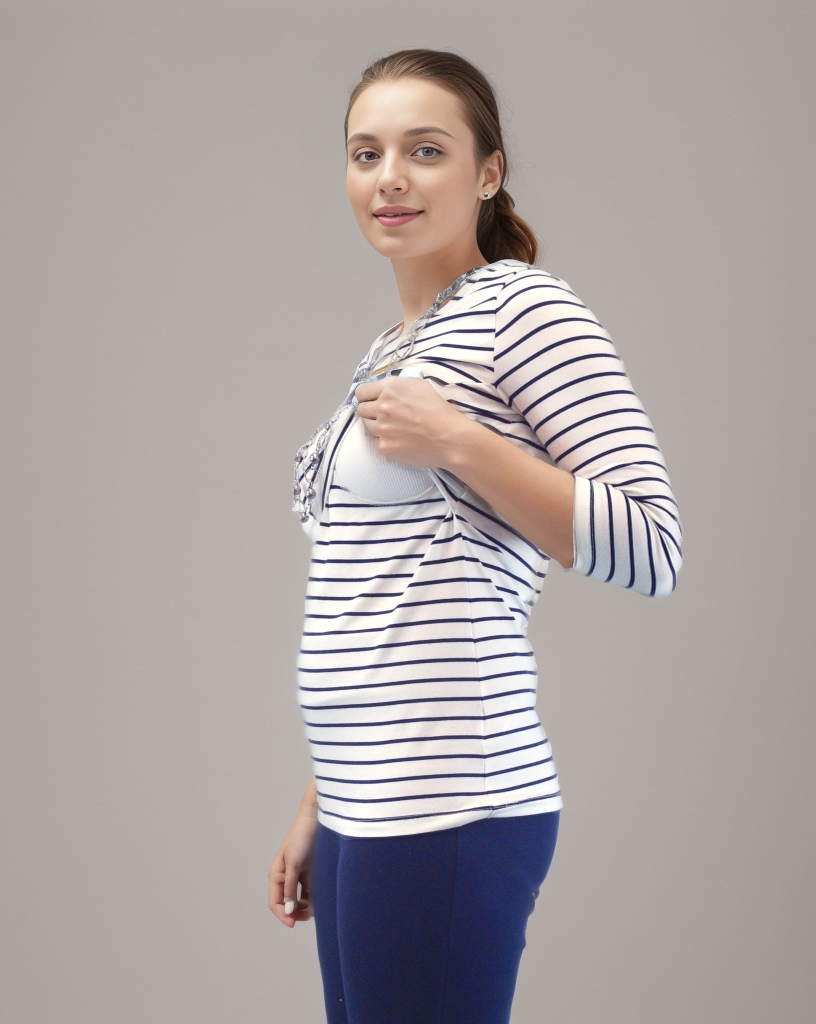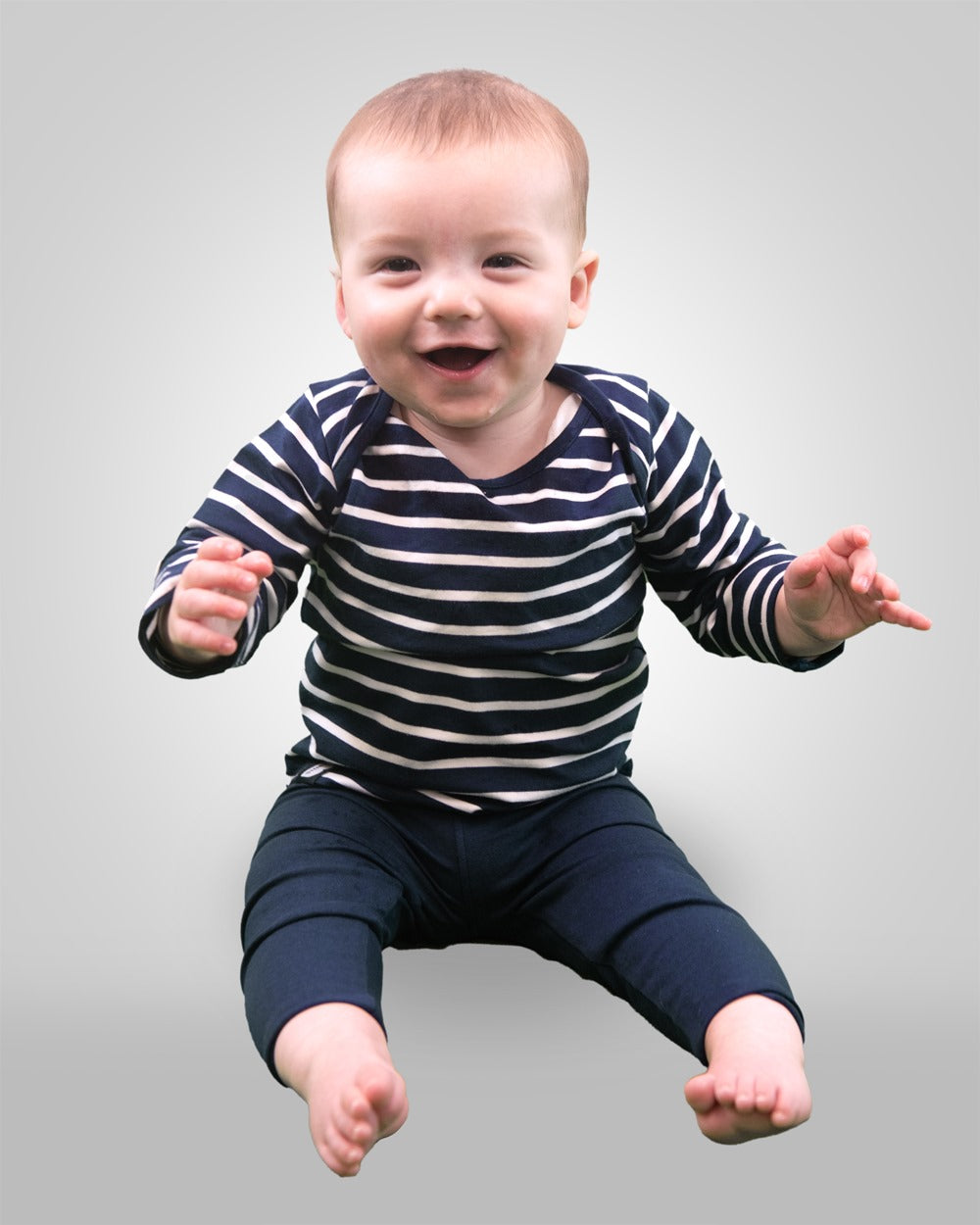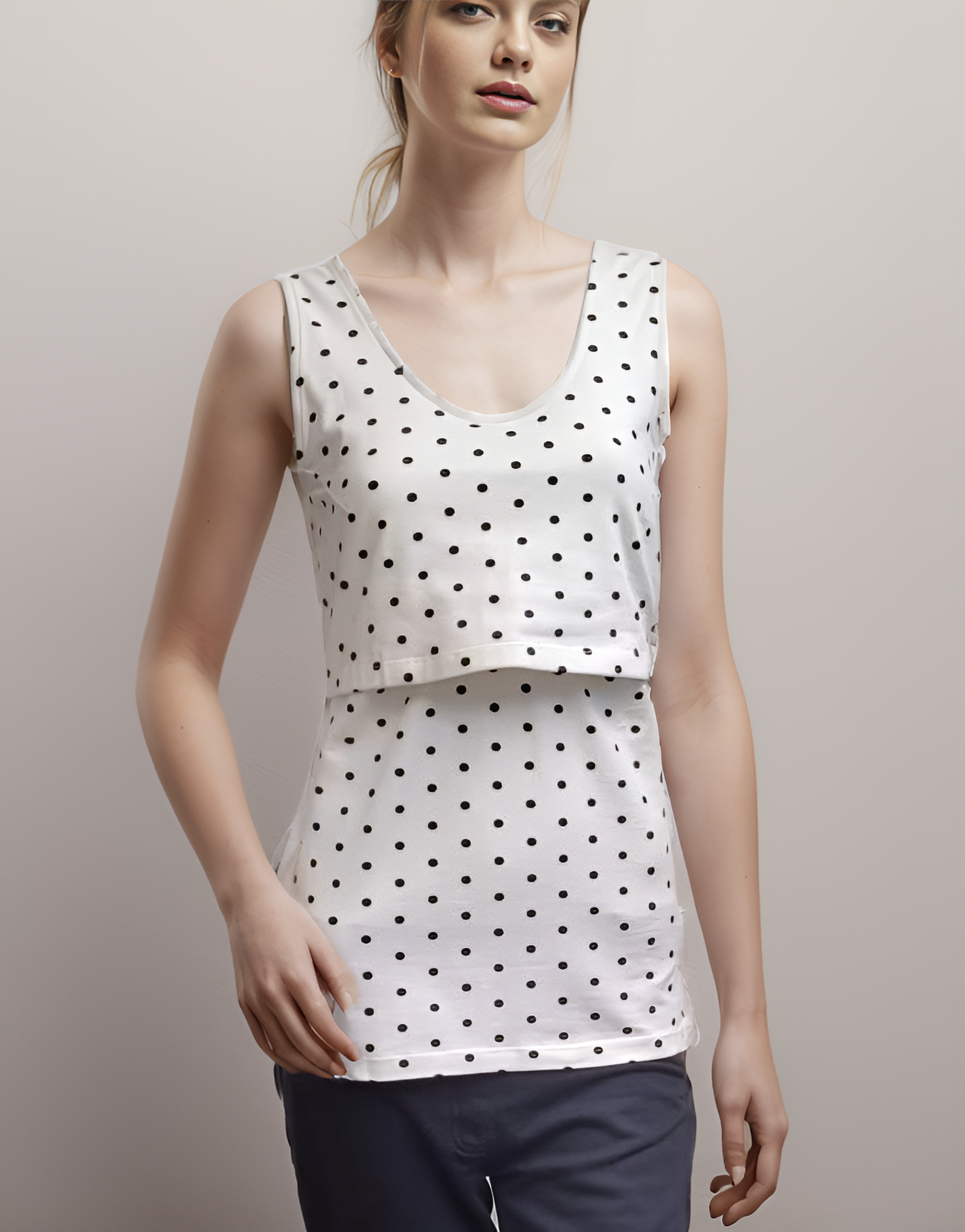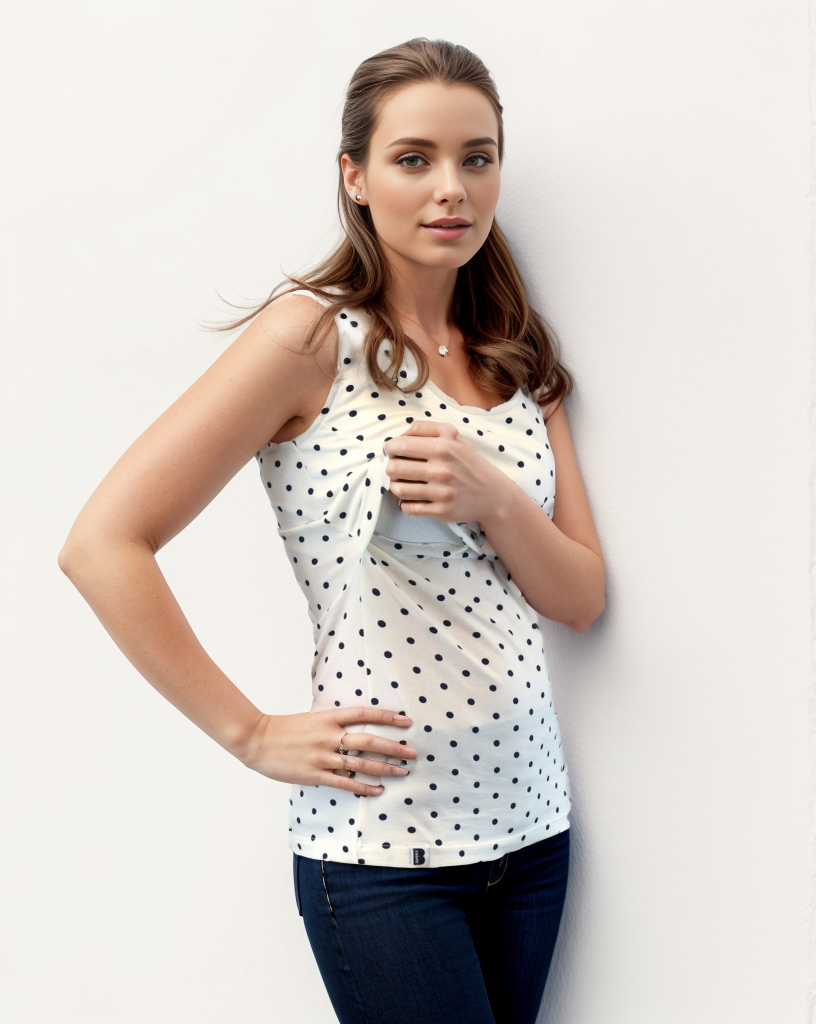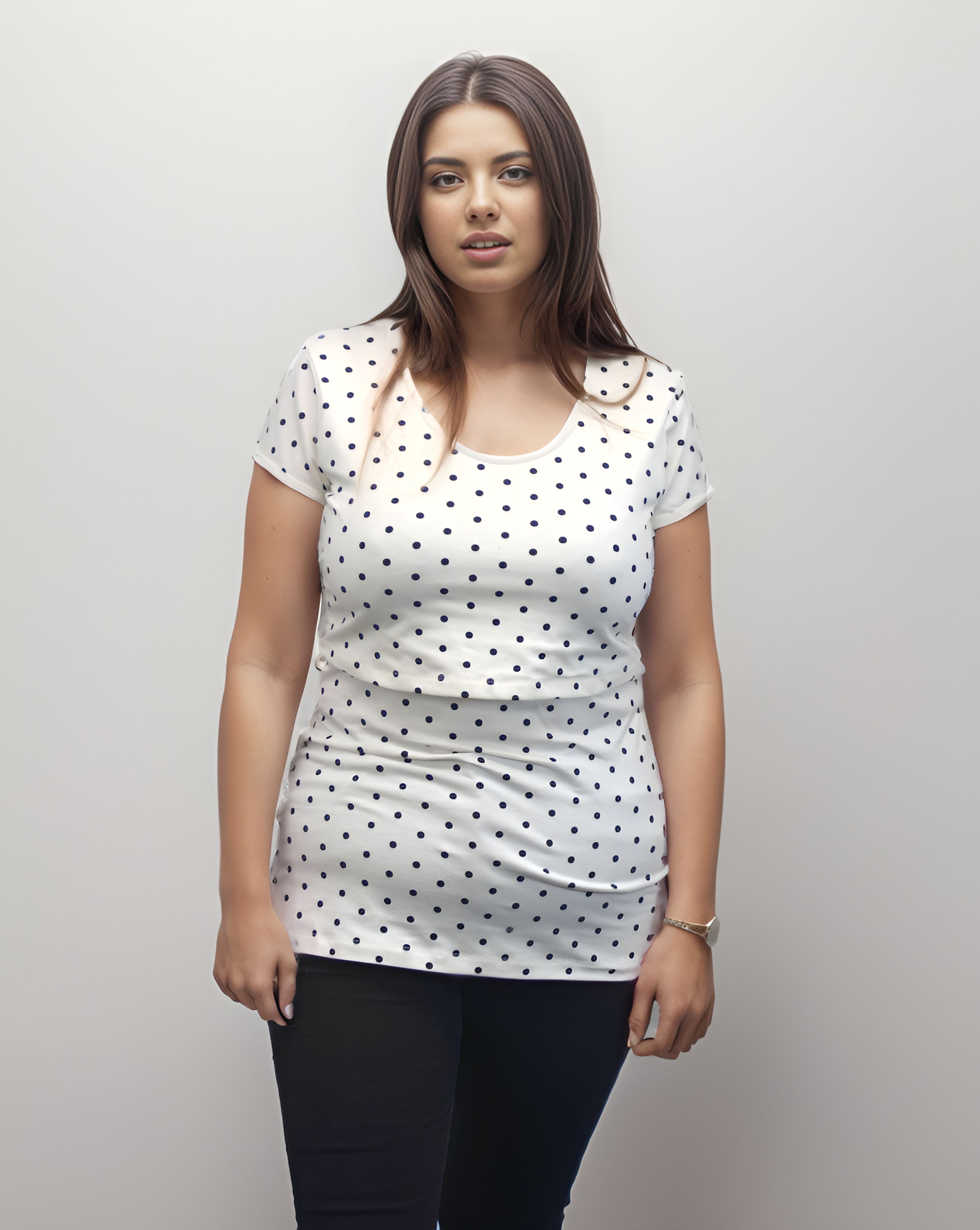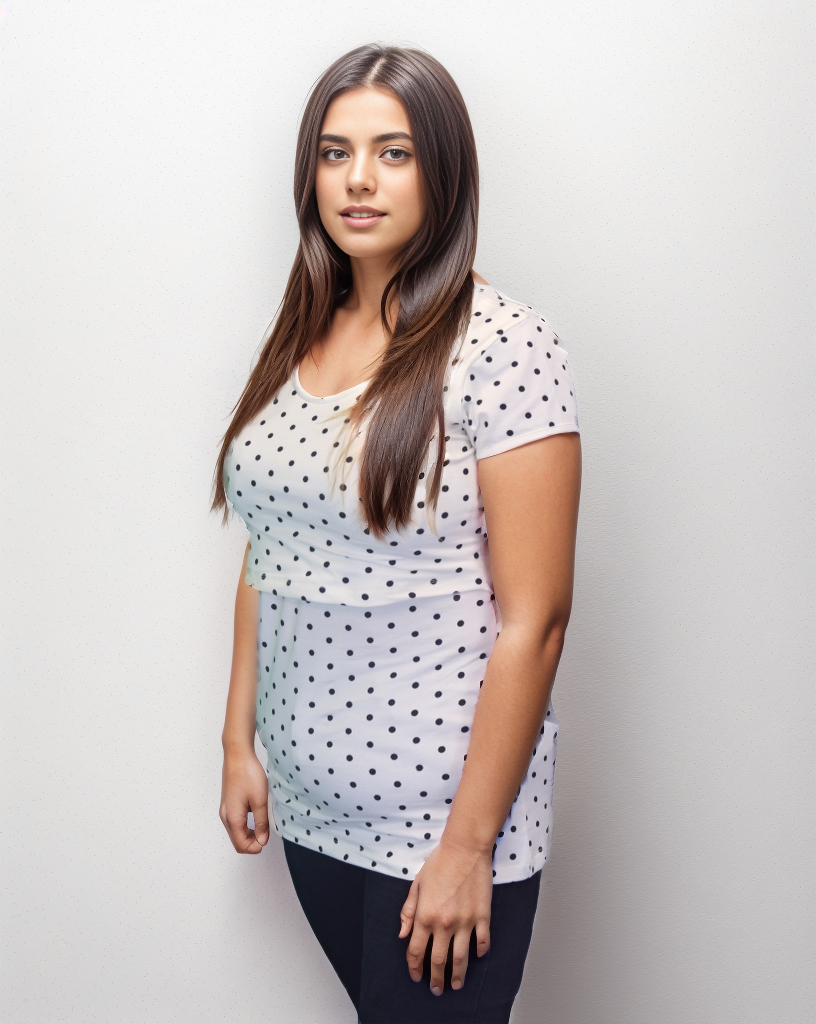

Featured collection
New Arrivals
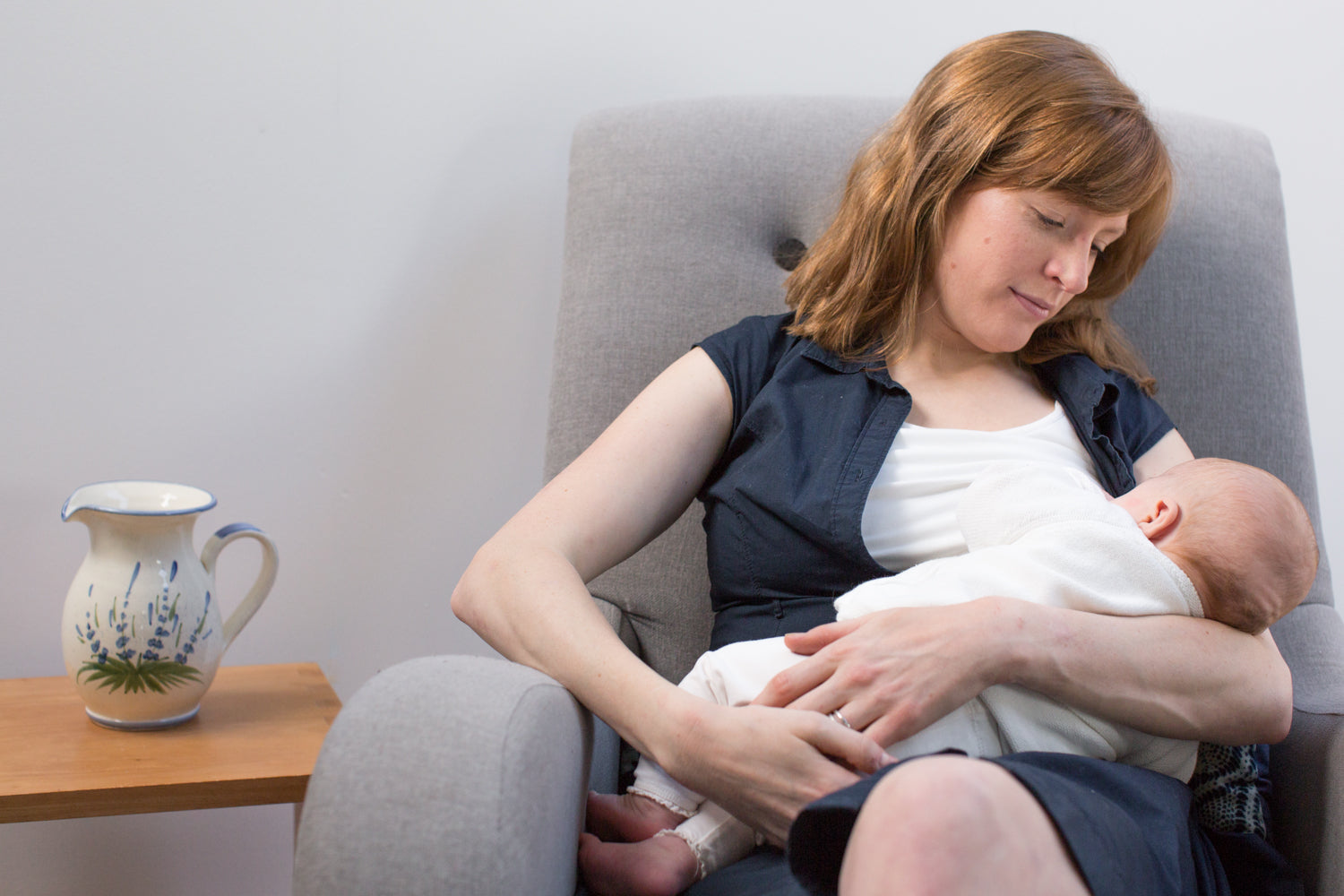
BSHIRT IS AT THE FOREFRONT OF SUSTAINABLE FASHION, MAKING CONSCIOUS CHOICES FOR A BETTER TOMORROW. EXPLORE OUR CERTIFIED PRELOVED COLLECTION — A CONSCIOUS CHOICE THAT GOES BEYOND JUST SHOPPING.
IT'S A STATEMENT OF ECO-AWARENESS, EMBRACING PRE-LOVED GARMENTS TO BOTH SAVE MONEY AND CHAMPION A CIRCULAR FASHION CYCLE.
Multi-Award Winning





COMMUNITY
Where every curve is celebrated.
At Bshirt, we empower mums to embrace motherhood to revel in the beauty of nurturing their little ones. We believe in empowering mothers with functional and fashionable clothing, ensuring they can breastfeed comfortably wherever life takes them.
Together, we make every moment of motherhood a joyful celebration.
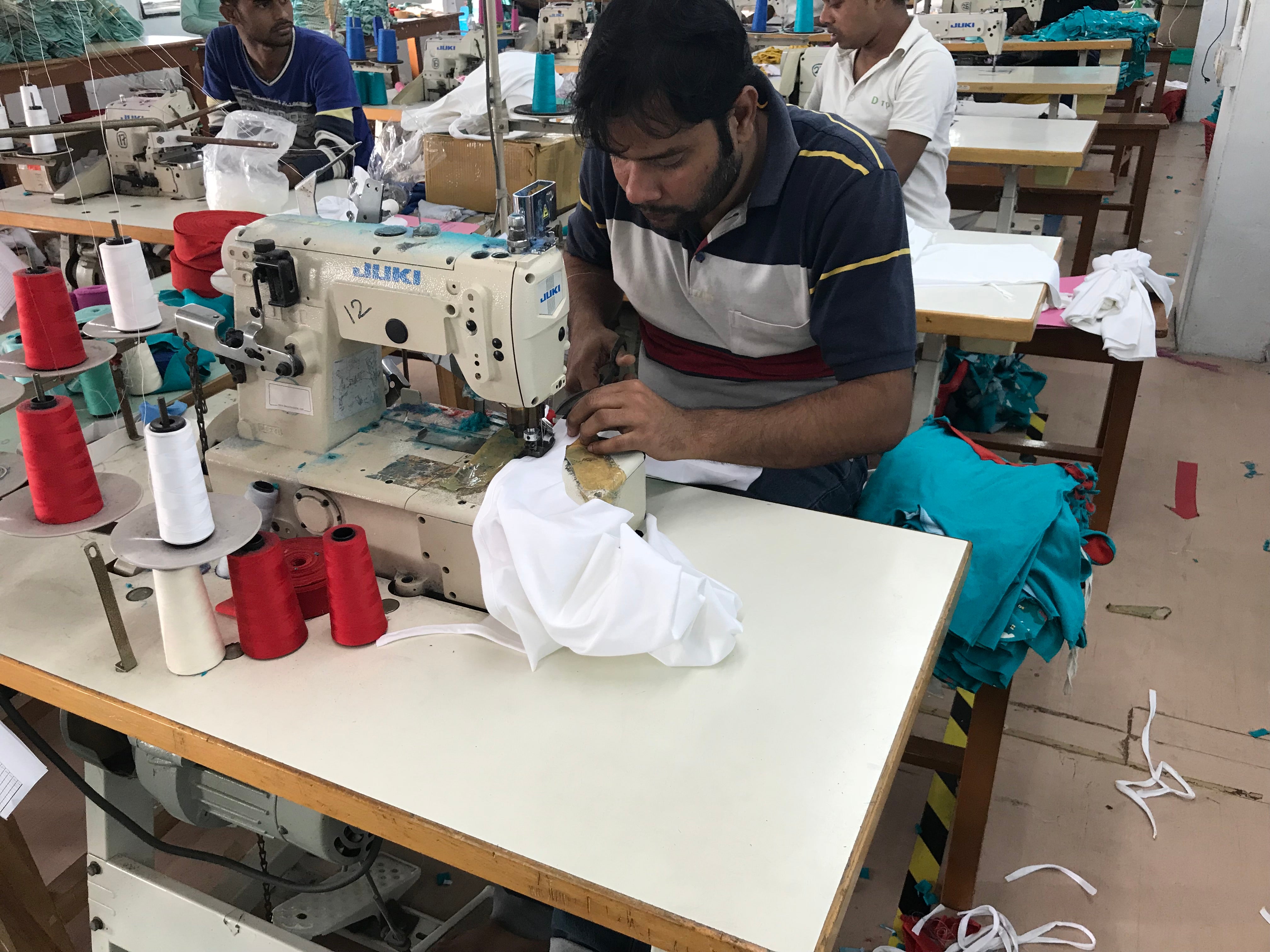
Craftsmanship
Dress with purpose. Dress with power.
Discover maternity & nursing fashion with conscience at Bshirt. We’re committed to fair trade and ethical sourcing practices, ensuring that every piece you wear not only makes you feel good but also supports artisans and workers around the globe. Join us in shaping a more sustainable and equitable world for generations to come.
